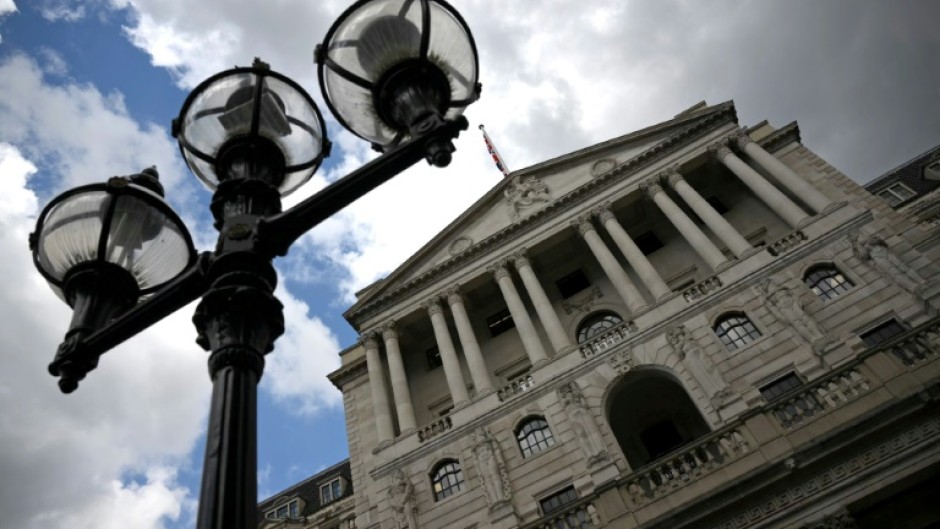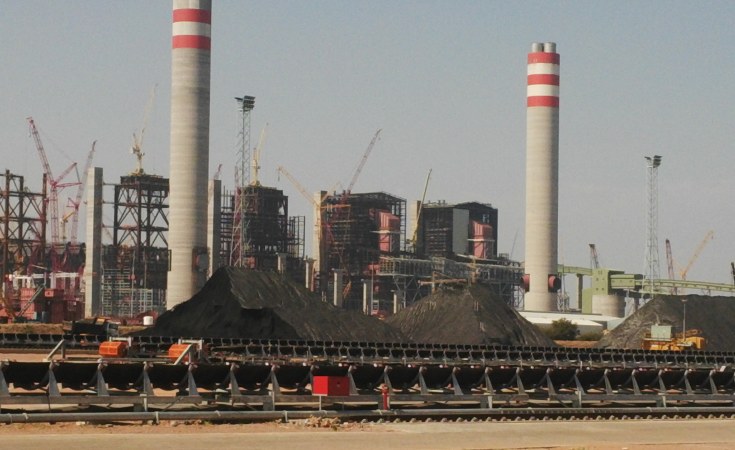
UK government conditionally approves £15bn Vodafone–Three merger

Washington IMF team checks financial reforms in Juba
 Mr. Nikko Hobdari the IMF Mission Chief for South Sudan, (L), Moses Makur Deng (C) Governor Central Bank and Simon Kiman Ladu, Simon Kiman Ladu the First Undersecretary Ministry of Finance and Planning (R) briefing the media after their meeting at the Ministry on Friday.
Mr. Nikko Hobdari the IMF Mission Chief for South Sudan, (L), Moses Makur Deng (C) Governor Central Bank and Simon Kiman Ladu, Simon Kiman Ladu the First Undersecretary Ministry of Finance and Planning (R) briefing the media after their meeting at the Ministry on Friday.SES to buy Intelsat for $3.1bn
FCC fines major US operators for illegal data sharing
SoftBank to invest $960m in Japanese AI

Taskforce Urges Investment in Women-Led Ventures to Fuel UK’s Tech Evolution

Tesla’s Musk likely to unveil $2-$3 billion India investment during visit, sources say
 FILE PHOTO: Elon Musk attends the Breakthrough Prize awards in Los Angeles, California, U.S., April 13, 2024. REUTERS/Mario Anzuoni/File Photo
FILE PHOTO: Elon Musk attends the Breakthrough Prize awards in Los Angeles, California, U.S., April 13, 2024. REUTERS/Mario Anzuoni/File PhotoSpring meetings of IMF & World Bank to begin in Washington

Private sector funding key to climate transition, World Bank chief says

IMF approves $820m as part of Egypt bailout
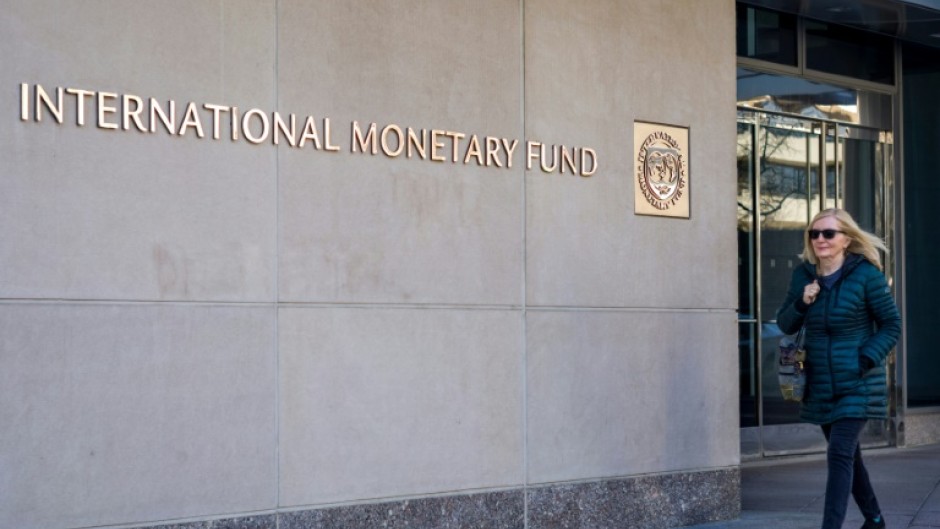
IMF gives fresh thumbs up for SL
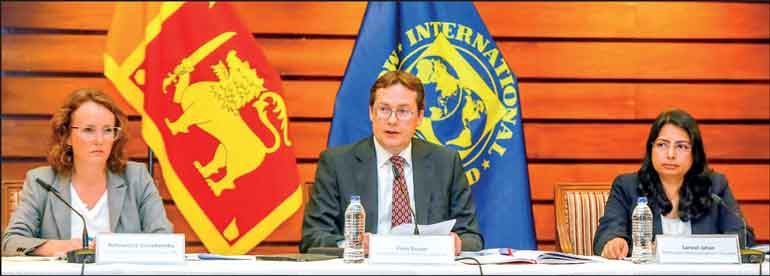
- Staff-level agreement on 2nd review reached between IMF and Sri Lanka
- IMF’s Executive Board final approval and release of $ 337 m tranche bringing total to near $ 1 b require implementation of prior actions by SL and completion of financing assurances review, confirming multilateral partners’ financing contributions and assessing adequate progress with debt restructuring
- IMF Staff says authorities are making good progress in implementing ambitious reform agenda under EFF with commendable outcomes
- Program performance strong, with all quantitative performance criteria and indicative targets for end-December 2023 met except for on social spending
- Most structural benchmarks due before end-February 2024 either met or implemented with delay
- High-frequency economic indicators point to continued pick-up in manufacturing, construction, and services
- Stresses sustaining reform momentum critical to put economy on path towards lasting recovery and stable and inclusive economic growth
- Reiterates need for SL to conclude external debt restructure in timely manner
NZ is in recession – so far there are few signs the government has a plan to stimulate and grow the economy
Grant Duncan, City, University of London: If you live in New Zealand and you’re feeling poorer, you’re not imagining it. Stats NZ has revealed the economy was in recession over the second half of last year. GDP fell in the September and December quarters by –0.3% and –0.1% respectively.
Taking into account the record high levels of immigration, Westpac’s most recent economic bulletin estimated this may equate to GDP per person having fallen almost 4% from its peak in mid-2022.
What does this mean politically, then, and what can the coalition do about it? Because the statistics are retrospective, the new government can blame the old one – but that won’t satisfy many people for much longer.
The National-led government hasn’t enjoyed a post-election honeymoon. According to an IPSOS poll in late February, New Zealanders rated the coalition’s performance at 4.6 out of ten – on par with the Labour government (4.7) just before the general election in October 2023.
Internal contradictions
The recession also means reduced tax revenues. Logically, something will have to give when Finance Minister Nicola Willis puts the final touches on her first budget, to be delivered on May 30.
Tax cuts – which National has promised – could exacerbate inflation or delay its decline. Although inflation has been coming down, it’s still some way from the target 1–3% range. The December figure was 4.7%.
If income is weaker than expected, tax cuts would be paid for by deeper spending cuts, revenues raised elsewhere, or borrowing. The last option lacks credibility, given the way proposed unfunded tax cuts hastened the political demise of the then UK prime minister, Liz Truss, in 2022.
Luxon and Willis have some difficult fiscal decisions to make. And there’s pressure, especially from NZ First leader Winston Peters, to honour the coalition agreements. Peters has already made life difficult for Willis by repeating one published estimate of a potential NZ$5.6 billion “gap” between National’s election promises and “current forecasts”.
Missing innovation and skills policies
In the meantime, people are struggling to make ends meet and appear to lack confidence in the new government.
According to the IPSOS poll, the National Party has often been seen as more competent than other parties to deal with the economic problems. But National is in coalition with two other partners, both of which expect to see their own policies implemented.
There are incentives for all three parties, however, to convince at least most people they can achieve three closely related aims:
- deliver a prudent budget
- improve economic efficiency and productivity
- stimulate innovation and skills.
Judgment on the first point should be reserved until we see the budget.
On the second point, the government is passing a law that will allow fast-track consenting for approved projects. The government will also argue that reintroducing 90-day employment trials, for businesses with more than 20 staff, and repealing pay-equity law will help improve investment and hiring.
But the fast-track law is attracting criticism from environmental groups and legal experts for giving extraordinary powers to ministers. Trade unions strongly oppose the employment law changes.
On the final point, the government seems to have few ideas – least of all how to prepare for the coming wave of AI-driven change. Tertiary education and research and development would be priorities here, but there are no new policy initiatives around trades training and advanced research.
A lot riding on Budget 2024
In the meantime, the reinstatement of tax deductibility of interest payments on rental properties does nothing at all to contribute to fiscal prudence, productivity or innovation.
It simply benefits the owners of things that have already been built and sold. And it’s very unlikely to lead to lower rents, contrary to Christopher Luxon’s suggestion it would apply “downward pressure” for which renters would be grateful.
No government can literally “grow the economy” – regardless of the National Party’s pre-election hype. Economies grow as people produce more efficiently more of the things others are keen to pay for. A government’s actions and policies may either help or hinder the productivity of individuals, firms and the economy as a whole.
The present government’s economic credibility, and hence its political viability, are more seriously in question than would normally be the case so early in its first term.
There are things Luxon and his team can do to turn that around. But people want and need policies that will noticeably boost their material standard of living – sooner rather than later. A lot will depend on Budget 2024.![]()
Grant Duncan, Visiting Scholar in Politics, City, University of London
This article is republished from The Conversation under a Creative Commons license. Read the original article.
U.S. Bank and Pagaya Technologies Forge Partnership to Broaden Personal Loan Accessibility

Golden Brilliance: How South Asian Americans are Shaping the US Jewelry Landscape
The future of African banking
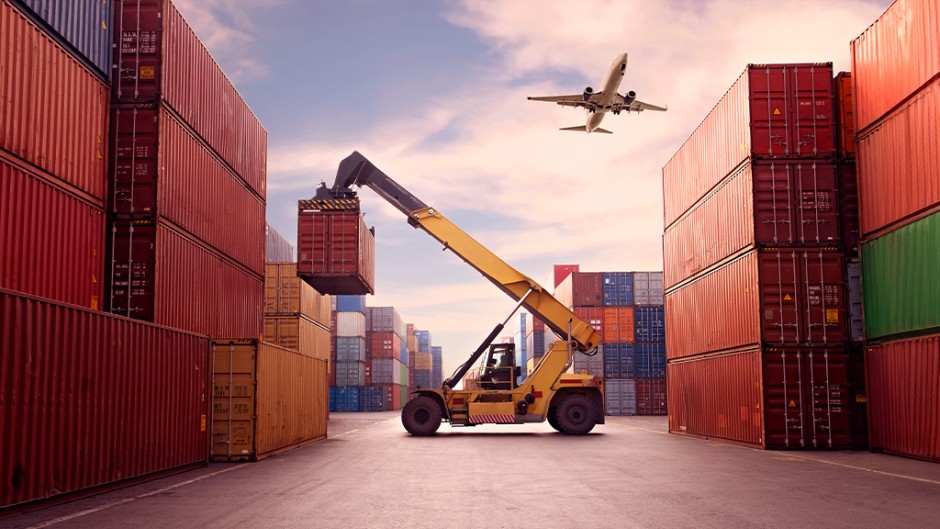
Two IMF Fixes That Could Channel Billions to Africa
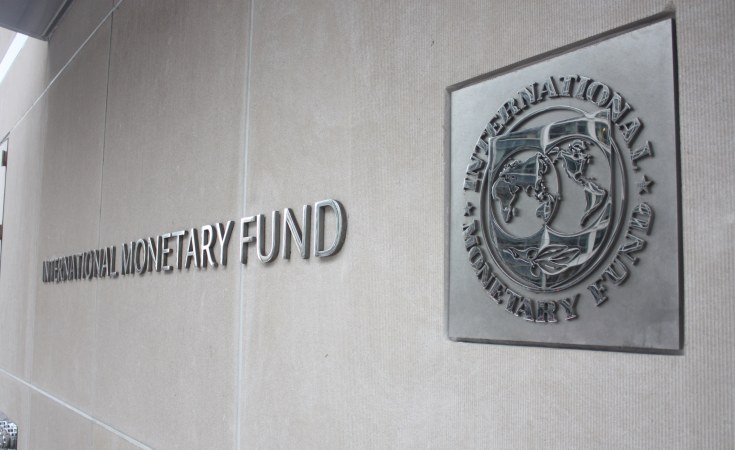
Telecom Italia approves US fund's bid for network
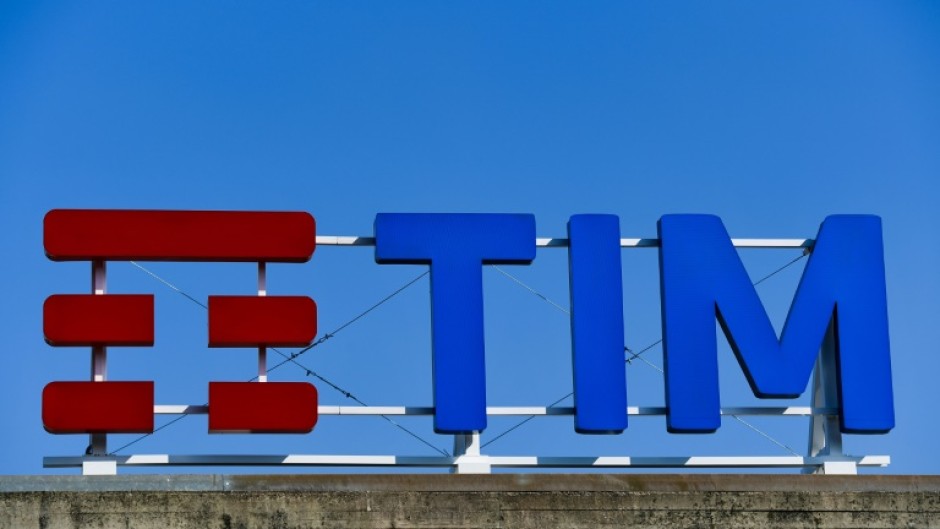
Disney to complete takeover of Hulu with $8.6bn deal

Bank of England set to hold interest rate
